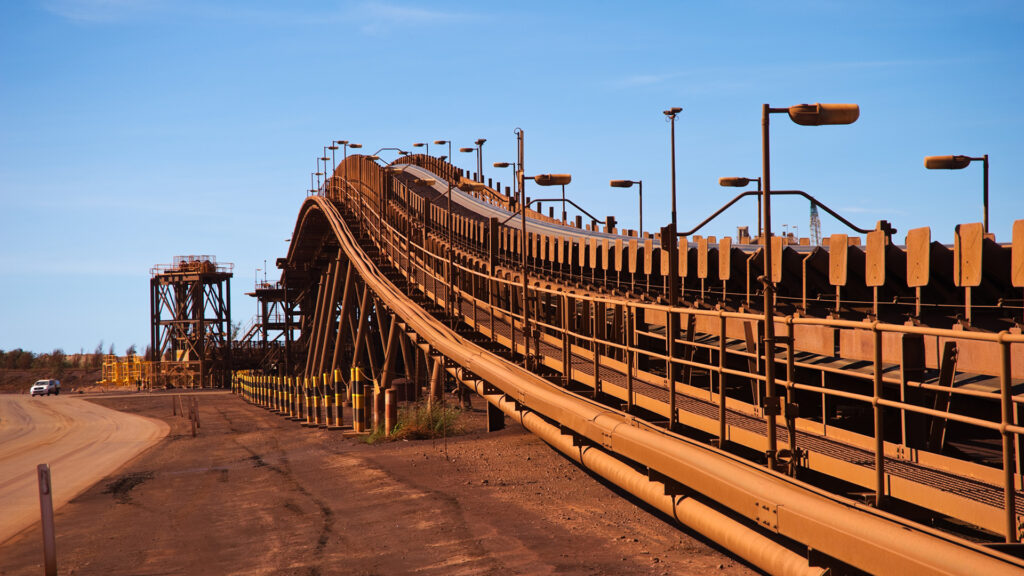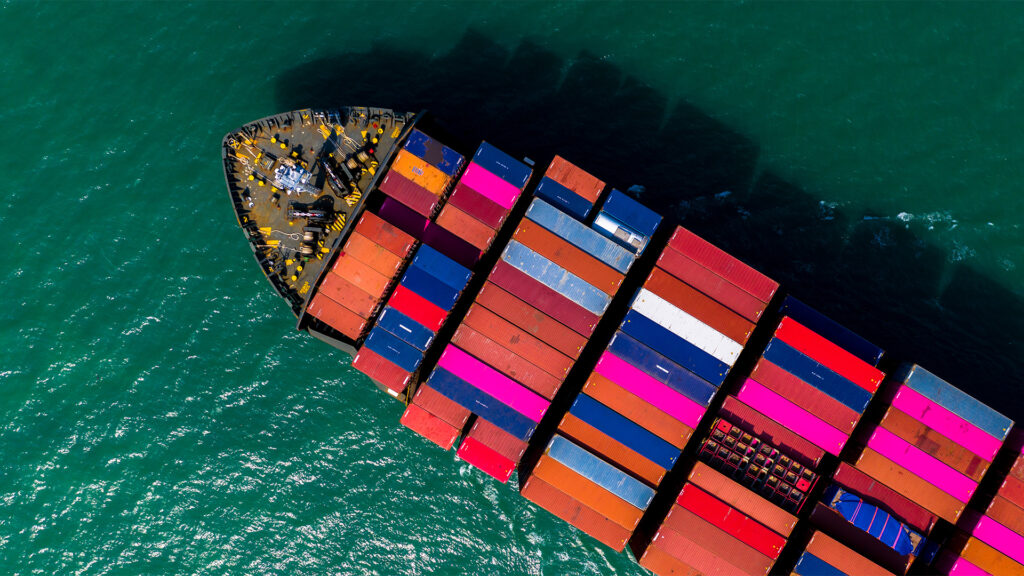
CBP rules that the Jones Act applies to offshore wind energy projects on the outer continental shelf
For the first time, the U.S. Customs and Border Protection (CBP) confirmed that the coastwise laws, commonly referred to as the Jones Act,1apply to offshore wind energy projects on the Outer Continental Shelf (OCS). CBP Headquarters Ruling HQ H3091862 (January 27, 2021), which was issued shortly after significant recent revisions to the Outer Continental Shelf Lands Act 1953 (OCSLA), clarified ambiguities surrounding the Jones Act’s application to offshore wind.
The ruling considered whether the use of a non-coastwise qualified vessel to install scour protection 3during the construction of offshore wind energy towers would violate coastwise laws. The scour material would be loaded onto the vessel from either Providence, Rhode Island or from an anchored supply vessel, and subsequently installed at individual wind turbine foundations on the OCS during different phases of construction.
CBP ruled that the proposed lading and unlading of the scour material constitutes coastwise transportation of merchandise. Significantly, CBP held that the discharge of scour material to a “pristine seabed” prior to a wind turbine foundation’s installation is subject to the Jones Act.
To support the ruling, CBP cited very recent revisions to Section 4(a)(1) of the OCSLA, as amended by The National Defense Authorization Act for Fiscal Year 2021, 4 which provides that federal law applies to:
“…installations and other devices permanently or temporarily attached to the seabed, which may be erected thereon for the purpose of exploring for, developing, or producing resources, including non-mineral energy resources[.]”
Prior to the 2021 OCSLA amendment, there was some uncertainty whether “resources,” as used in the OCSLA, was limited solely to oil and gas and mineral activities to the exclusion of wind energy. Now, this 2021 OCSLA amendment removes any uncertainty, as it expressly encompasses alternative energy projects, which includes wind energy.
The 2021 OCSLA amendment is now also consistent with the Energy Policy Act of 2005 5 (the EP Act). The EP Act granted the Bureau of Ocean Energy Management (BOEM) the authority to grant leases of federal lands on the OCS for offshore wind energy projects. Uniform federal regulations now appear to apply to wind energy projects from the original leasing stage of a project, through permitting and construction.
The pace of U.S. offshore wind energy projects is likely to increase in the future. Numerous state governments have passed green energy plans, which focus on offshore wind energy development. In addition, with the Biden Administration’s focus on climate change, federal promotion of and interest in offshore wind energy development will likewise increase. In concurrence with CBP’s interpretation of the 2021 OCSLA amendment, the Biden Administration also signalled its support for the Jones Act via an Executive Order, which sets forth the new Administration’s policy of maximizing the use of goods, products, services and materials that are of U.S. origin. 6
Although CBP has an extensive body of Jones Act rulings in the oil and gas context, it will now have to consider how the Jones Act is applied to offshore wind energy projects on the OCS. Given the technical differences between oil and gas operations and wind energy, it remains to be seen how the CBP’s ruling will be applied going forward. The recent 2021 OCSLA revisions coupled with CBP’s HQ H309186 ruling should provide the diverse stakeholders involved with offshore wind energy projects, including contractors, developers and operators, guidance to plan and, where necessary, seek interpretive rulings from CBP.
HFW globally represents various stakeholders in the offshore wind energy industry involved in both U.S. and international wind energy projects. HFW Houston Partner, Michael Wray and Associate, Courtney Campion represented the successful applicant in Headquarters Ruling HQ H309186, with support from HFW Houston Partner Glenn Legge.
For more information, please contact the authors of this briefing;
Footnotes
- 46 U.S.C. § 55102.
- https://www.customsmobile.com/rulings/docview?doc_id=HQ%20H309186&highlight=H309186
- Scour protection is material, typically rocks, that are placed on the seabed at the base of wind turbine monopile to prevent erosion.
- H.R. 6395, 116th Cong. § 9503 (2021). The revisions will be codified at 43 U.S.C. 1333 § (a)(1)
- 43 U.S.C. § 1337(p)(1).
- Executive Order 14005, “Strengthening ‘Buy American’ Provisions, Ensuring Future of America is Made in America by All of America’s Workers” (January 25, 2021); See also “Executive Order on Tackling the Climate Crisis at Home and Abroad” (January 27, 2021) (The Biden Administration has also articulated its goal of “doubling offshore wind by 2030 while ensuring [. . .] creating good jobs.”)

Download a PDF version of ‘CBP rules that the Jones Act applies to offshore wind energy projects on the outer continental shelf’










